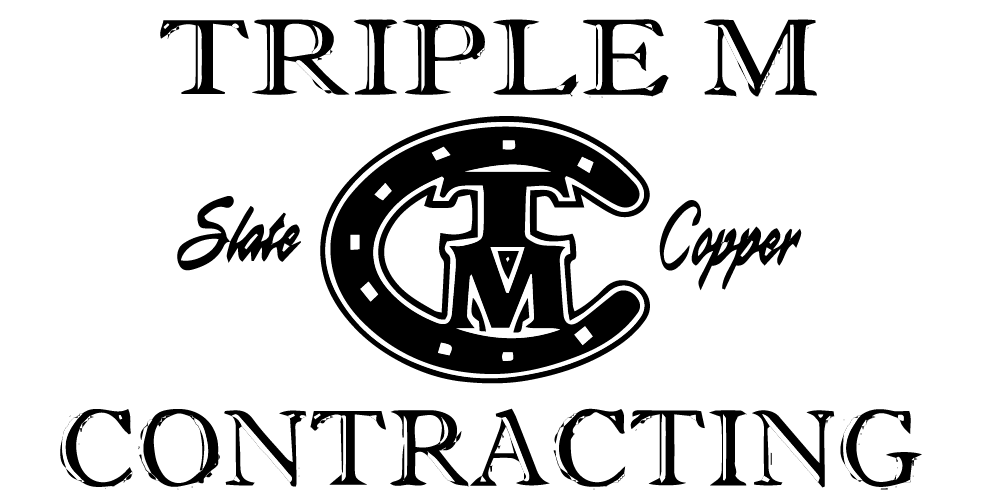A roofing underlayment is a rubberized membrane that goes under slates, copper, and shingles to prevent water penetration. It is the one piece of a roofing system that is expressly designed to be waterproof. Without an underlayment, water from wind-driven rain or ice dams can infiltrate under your roofing material and severely damage your roof,or even worse, the inside of your home.
Grace roofing underlayments is widely regarded as one of the best in the industry, offer premium waterproofing protection. We stand behind this statement and have been using Grace products for more than 25 years. When it’s your last line of defense against water infiltration, why use anything less.
Underlayment Considerations
This is an excellent article on roofing underlayments which outlines the function, design considerations, and current NRCA recommendations for the use of underlayments with your average steep-slope roof.
Steep-slope roof systems require different underlayment installations
by Joan P. Crowe, AIA
Since 1981, The NRCA Roofing and Waterproofing Manual has contained underlayment recommendations in its steep-slope roofing section. Although these recommendations have evolved during the years, some basic design principles have remained the same. For instance, different steep-slope roof coverings require underlayments that correspond with a roof covering’s anticipated service life and roof slope. Because of the many variations possible, I will discuss the function, design considerations and current NRCA recommendations for the use of underlayments with different steep-slope roof coverings.
Problems with Solutions
Ice Dams
Ice dams form when warmth from inside the home melts the bottom layer of snow on the roof, sending water trickling down to the edge. Exposed to frigid air, it immediately refreezes, clogging gutters and causing the water behind it to pool up and find a path into the home below, usually through the slates or shingles. Ice dams are more common in older or poorly insulated homes and those with low-pitch roofs. But even in newer homes, a new roof can leak if water runs backward in between the slates or shingles. A roof is designed to shed water and not be submerged.
Wind Driven Rain
Wind-driven rain can cause sloped roof coverings to shift and lift. Rain can then be easily driven under the roof covering directly to the unprotected roof deck, where it causes leaks and damage to the inside of the home.
Grace Underlayments
Grace Ice & Water Shield™
The leading self-adhered roofing underlayment, Grace Ice & Water Shield offers premium leak protection for sloped roofs in climates subject to ice dams and wind-driven rain. It is applied to the roof deck prior to the application of the finished roof covering. The membrane goes under the roofing material and seals around nails that hold the roofing material in place, so water that doesn’t drain properly cannot penetrate the roof. It also creates a weather-tight barrier against wind-driven rains that cause shingles to lift and leak. Affordable and easy to install, it provides added peace of mind for many years, even in the most brutal winters.
Grace Ultra™
Grace Ultra™ protects sloped roofs from the effects of wind-driven rain and ice dams in climates that experience high temperatures over extended periods of time. This underlayment offers excellent performance at elevated temperatures, in hot desert southwest climates, or any place that requires superior heat resistance. We install Grace Ultra under all copper roofs that we install.
Grace TRI-FLEX 30™
Grace TRI-FLEX 30™ is an innovative spun-bonded polypropylene coated with a layer of U.V. stabilized polypropylene on both sides. This technology, available only from Grace, creates a very durable and tough weather resistant fabric. It has excellent tear resistance, designed to withstand even the strongest wind conditions.
